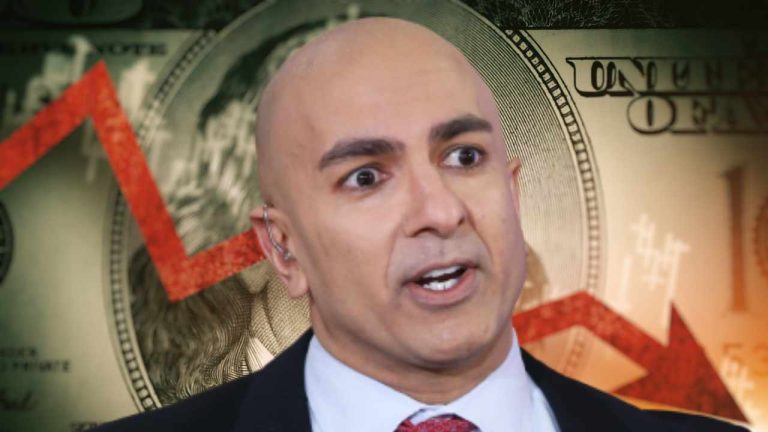The new tokenomics aims to boost liquidity and decentralization in the platform, enabling SushiSwap to continue operations. CEO of the decentralized exchange SushiSwap, Jared Grey, has plans to redesign the tokenomics of the SushiSwap (SUSHI) token, based on a proposal introduced on December 30 in the Sushi’s forum.
As part of the new proposed tokenomics model, time-lock tiers will get introduced for emission-based rewards, a token-burning mechanism, and a liquidity lock for price support. These new tokenomics strive to enhance liquidity and decentralization in the platform, together with strengthening “treasury reserves to ensure continual operation and development,” noted Grey.
In the proposed model, liquidity providers (LPs) would get 0.05% of swap fee revenue, with increased volume pools getting the largest share. LPs will also manage to lock their liquidity to earn some boosted, emissions-based rewards. These rewards are forfeited and burned, nonetheless, if they get removed before maturity.
I am excited to share the vision for @SushiSwap's new token model. I've posted a brief tl;dr write-up on the Sushi forum & linked the entire proposal. We look forward to your questions & feedback.https://t.co/D9TO2Oi8ra pic.twitter.com/GBrQKPzfiH
— Jared Grey (@jaredgrey) December 30, 2022
Furthermore, staked SUSHI (xSUSHI) will not get any share of the fee revenue, but emissions-based rewards paid in SUSHI tokens. Time-lock tiers will get used to determine emissions-based rewards, with longer time locks resulting in bigger rewards. Withdrawals before the maturity of time locks are authorized, but rewards will get forfeited and burned.
The decentralized exchange will use a variable percentage of the 0.05% swap fee to buy back and burn the SUSHI token. The percentage will change according to the total time-lock tiers chosen. The proposal notes:
“Because time locks get paid after maturity, but burns happen in ‘real-time’ when a large amount of collateral gets unstaked before maturity, it has a sizable deflationary effect on supply.”
The tokenomics redesign comes after SushiSwap’s revealed to have less than 1.5 years of runway left in its treasury, which means that a considerable deficit was threatening the exchange’s operational viability.
Based on previous reports, SushiSwap experienced a $30 million loss in the last 12 months on incentives for LPs because of the token-based emission strategy, making the company introduce the new tokenomics model.

 1 year ago
56
1 year ago
56 

